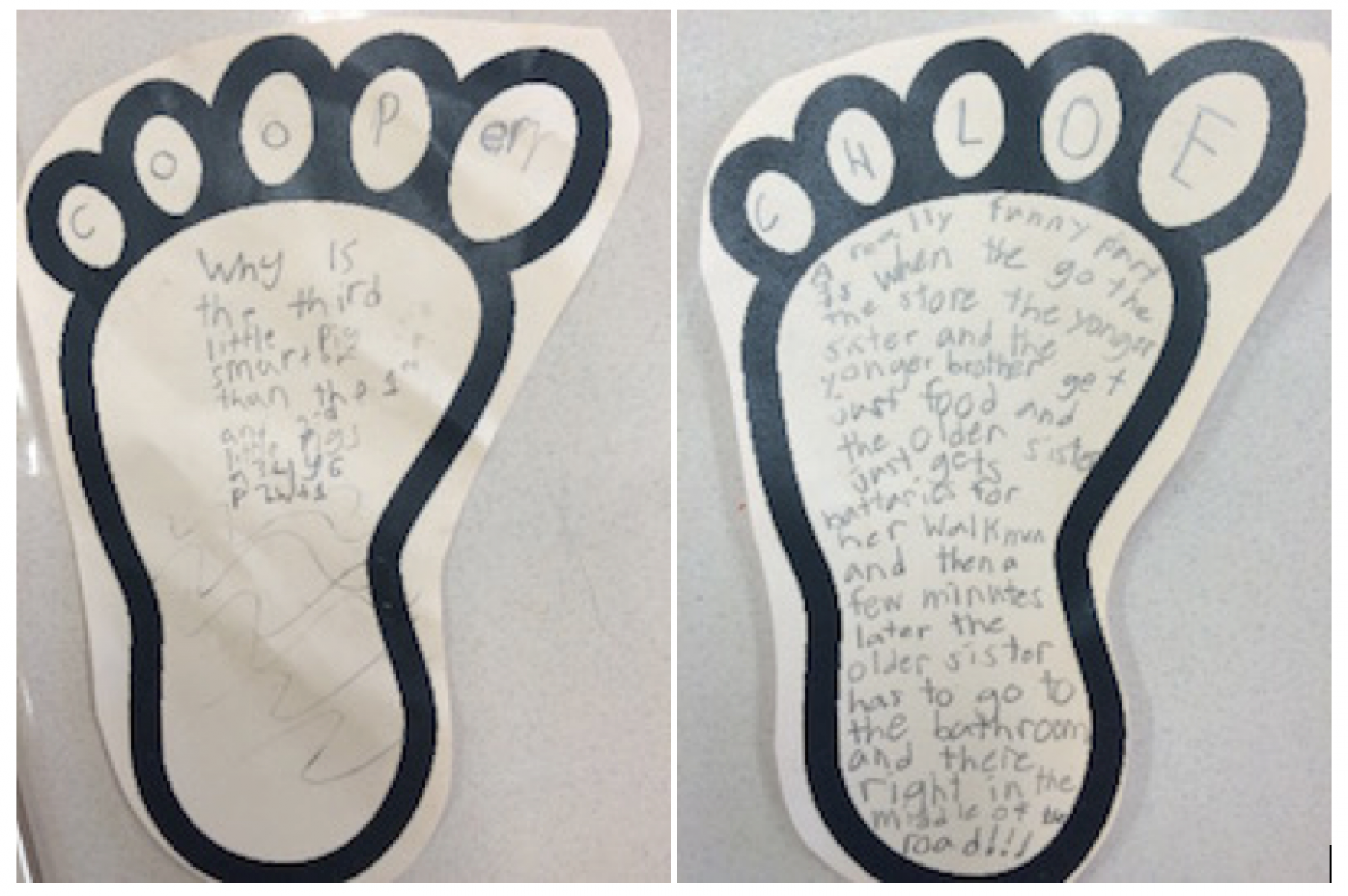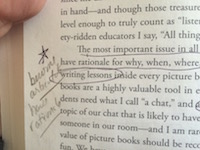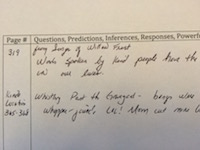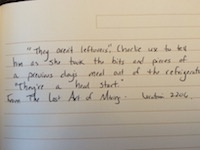Tracking Our Thinking
Join Our Community
Access this resource now. Get up to three resources every month for free.
Choose from thousands of articles, lessons, guides, videos, and printables.
My grandsons and I followed the deer tracks in the forest near their house. The creatures were long gone, but we could easily spot each step they had taken by the impression they had left behind in the damp soil. In a similar way, we can revisit the impressions a text has made on us if we leave tracks of our thinking as we read.
Reading is all about making meaning, so being conscious about our thinking as we read is essential to comprehension. Students of all ages can do this by tuning in to their inner voices as they read. One way we have them practice is by stopping, thinking, and responding to text by recording the questions, inferences, predictions, and connections they make as they read. By interacting with a text this way, students become keenly aware of multiple reading strategies they use. They can keep track of how new information in a text confirms, challenges, or changes their thinking.
There are many ways to keep track of our thinking.
|
Sticky Notes
|
Underlining and Margin Notes
|
|
Graphic Organizers
|
Reading Response Journals
|
Then there’s what Gail and I saw in Kim Patrick’s class: footprints.

Kim’s third graders record their questions, connections, and aha moments on paper footprints and then hang them up around the room. There are now tracks of their thinking everywhere. These notes generate authentic conversations in their reading community that are exciting to witness. (The first one made me laugh: “Why is the third little pig smarter than the first and second little pigs?”)
We want our students to be thoughtful learners who are aware of their own thinking. So, let’s help them by showing how to hear that inner voice and keep track of what it has to say. Want to know more? The following books can help:
Disrupting Thinking: Why How We Read Matters
by Kylene Beers and Robert E. Probst
Notice and Note: Strategies for Close Reading
by Kylene Beers and Robert E. Probst
Falling in Love with Close Reading: Lessons for Analyzing Texts—and Life
by Christopher Lehman and Kate Roberts
Mosaic of Thought: The Power of Comprehension Strategy Instruction, 2nd Edition
by Elin Oliver Keene, Susan Zimmerman, and Thomas Newkirk
I Read It, but I Don’t Get It: Comprehension Strategies for Adolescent Readers
by Cris Tovani
by Lucy Calkins
Reading with Meaning: Teaching Comprehension in the Primary Grades
by Debbie Miller
Reading Essentials: The Specifics You Need to Teach Reading Well
by Regie Routman
The Comprehension Toolkit: Language and Lessons for Active Literacy, Grades 3–6
by Stephanie Harvey and Anne Goudvis
Check out this Prezi presentation where J Wheeler shows students how to listen to their inner voice.









